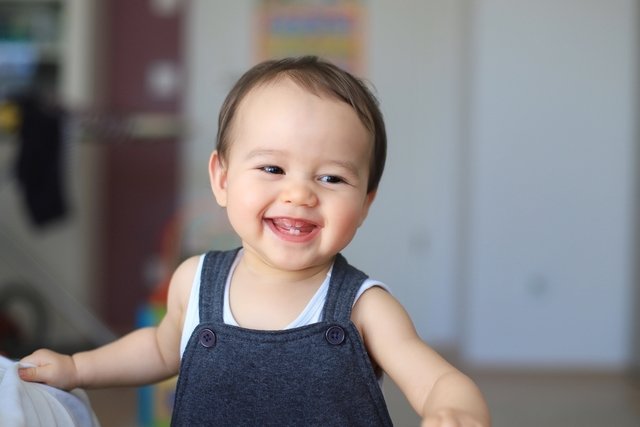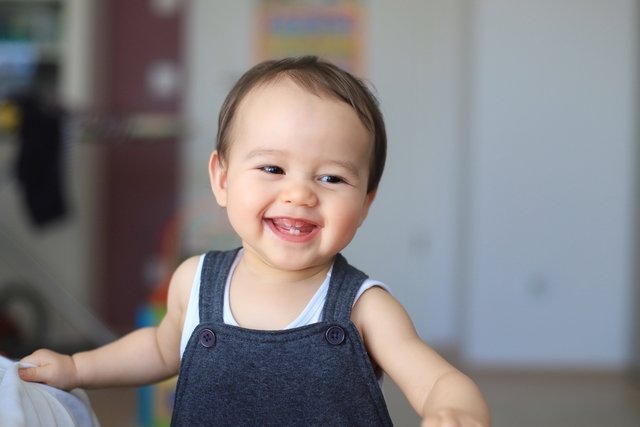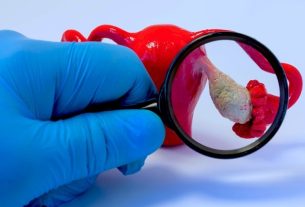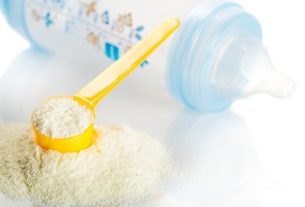The baby’s first teeth usually appear around 6 months of age, however, in some babies, the appearance of teeth may be noticed at 3 months of age or only when the child turns 1 year old, this is because it can be influenced by other factors, including genetics, and it is important that they are monitored by a dentist and pediatrician. In general, the appearance of teeth happens as follows:
- Between 6 and 10 months – Lower central incisor teeth;
- Between 7 and 12 months – Upper central incisor teeth;
- Between 7 and 16 months – Lower lateral incisor teeth;
- Between 9 and 13 months – Upper lateral incisor teeth;
- Between 12 and 19 months – Upper and lower first molars;
- Between 16 and 23 months – Upper and lower canines;
- Between 20 and 33 months – Lower and upper second molars.
The incisor teeth cut food, the canines are responsible for piercing and tearing the food and the molars for crushing the food. The birth order of teeth occurs according to changes in the type and consistency of the food given to the baby.

A baby’s first complete set of teeth has 20 teeth, 10 at the top and 10 at the bottom and all of them must have already erupted by the age of 5. It is important that the appointment with the dentist is scheduled as soon as the first teeth are noticed, as this will allow guidance on cleaning the baby’s mouth to begin. See what brushing your baby’s teeth should be like.
How to know that teeth are coming in
The birth of baby teeth usually leads to the appearance of signs and symptoms, such as gum pain and swelling, causing difficulty in eating, which leads the baby to drool a lot, put fingers and other objects in his mouth, in addition to crying and get irritated easily and have a fever in some cases. Learn how to identify the symptoms of the emergence of the first teeth.
How to ease discomfort
To alleviate the discomfort of the birth of the first teeth, it is recommended that ice be applied to the baby’s gums, as this can reduce inflammation and swelling, relieving discomfort. Furthermore, giving the baby cold toys or breast milk popsicles, for example, can also help alleviate the symptoms of teething. Check out more tips on what to do to reduce the discomfort of teething.

Sign up for our newsletter and stay up to date with exclusive news
that can transform your routine!
Warning: Undefined array key "title" in /home/storelat/public_html/wp-content/plugins/link-whisper-premium/templates/frontend/related-posts.php on line 12
Warning: Undefined array key "title_tag" in /home/storelat/public_html/wp-content/plugins/link-whisper-premium/templates/frontend/related-posts.php on line 13




